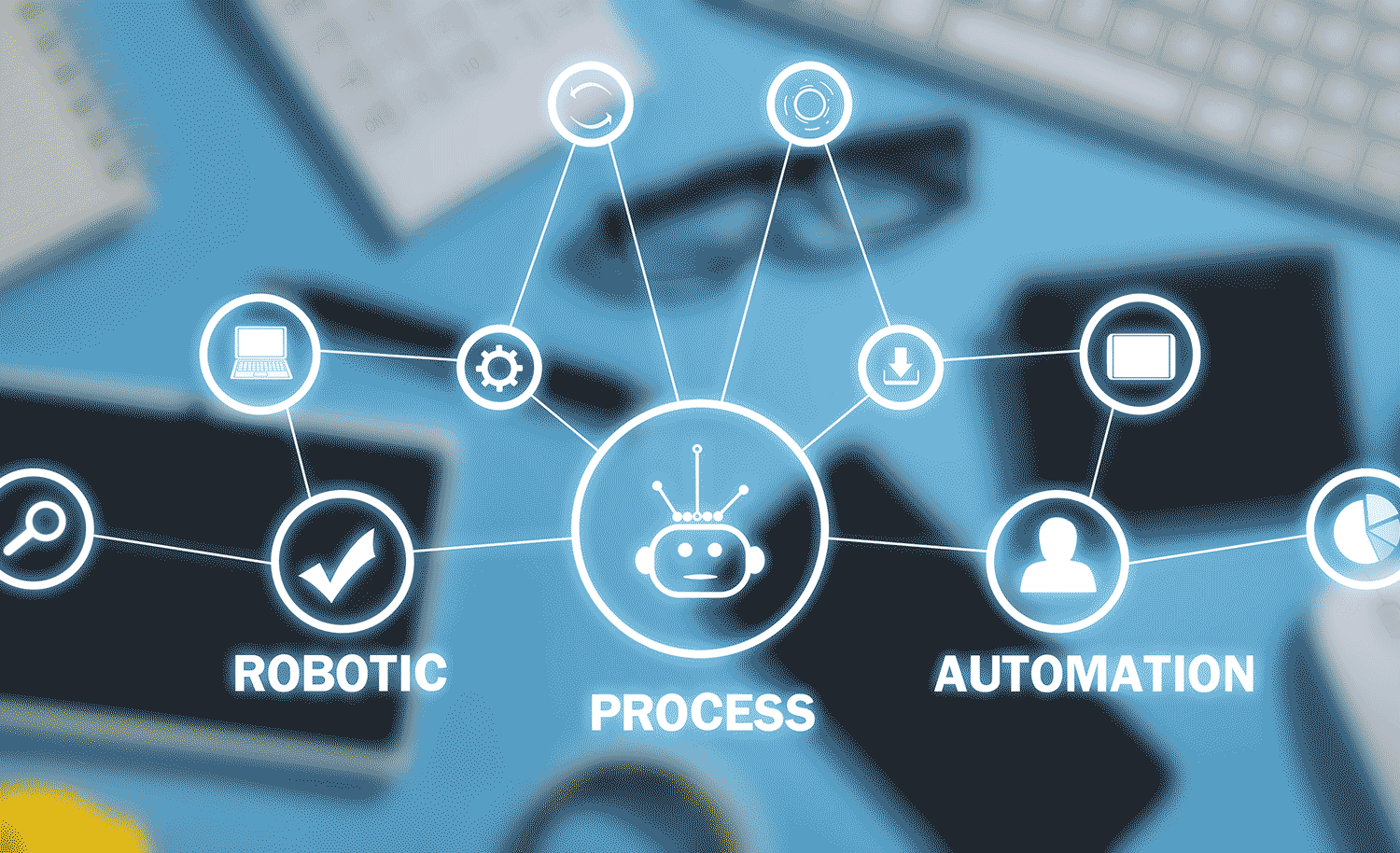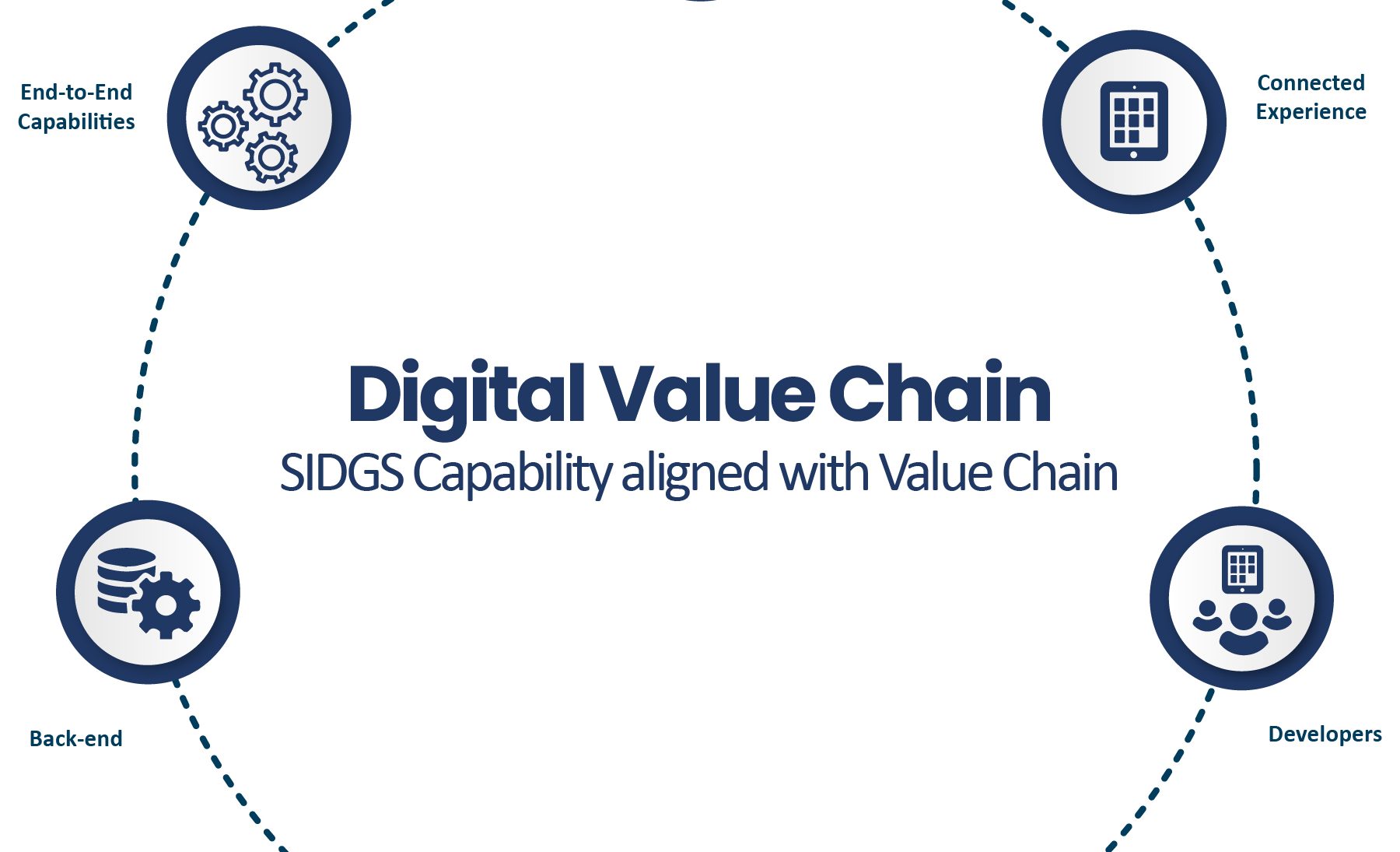Blogs
To know about all things Digitisation and Innovation read our blogs here.
System Automation & Orchestration
How to Integrate System Automation & Orchestration into Existing Systems?
SID Global Solutions
6 February 2023

An Introduction to System Automation and Orchestration
System automation and orchestration are critical components of any modern-day IT environment. Automation and orchestration enable the efficient and effective management of a large number of tasks, helping to maximize productivity, minimize human error, and ensure that all processes are completed in the most efficient manner possible.
While automation and orchestration can be incredibly beneficial for any organization, integrating them into existing systems can be a challenging task for IT administrators.
Steps in integrating system automation and orchestration
- The first step in integrating system automation and orchestration into existing systems is to determine the types of tasks that need to be automated and orchestrated. Automation and orchestration should be used to streamline common and repetitive tasks, as well as to manage complex tasks that require multiple steps. Once the tasks have been identified, the IT administrator should decide which automation and orchestration tools are best suited for the job. Popular automation and orchestration tools include Ansible, Chef, Puppet, SaltStack, and Terraform.
- Once the right automation and orchestration tools have been chosen, the IT administrator should determine the best way to integrate them into existing systems. This can be done through manual configuration of the automation and orchestration tools, or through the use of configuration management tools. Configuration management tools are used to automate and control the configuration of systems, ensuring that all configurations are consistent throughout the organization.
- The next step is to start automating and orchestrating tasks. Automation and orchestration tools can be used to automate common tasks such as patching and system updates, as well as more complex tasks such as deploying and managing applications. Automation and orchestration tools can also be used to orchestrate tasks across multiple systems, allowing IT administrators to manage multiple tasks from a single interface.
- Finally, system automation and orchestration should be monitored and managed over time. Automation and orchestration tools should be monitored for performance issues, ensuring that all tasks are running smoothly and efficiently. IT administrators should also periodically review their automation and orchestration processes, making sure that they are still relevant and effective. This process of continuous improvement is essential to ensure that system automation and orchestration remain effective tools in an IT environment.
Conclusion
Integrating system automation and orchestration into existing systems can be a complex and challenging process, but it is an essential task for any modern IT environment. By taking the time to properly identify and configure the right automation and orchestration tools, as well as creating a process for monitoring and managing them over time, organizations can ensure that their systems are operating at peak efficiency.









